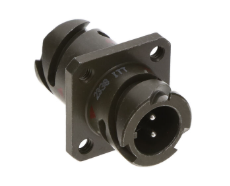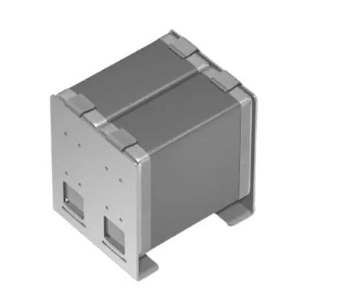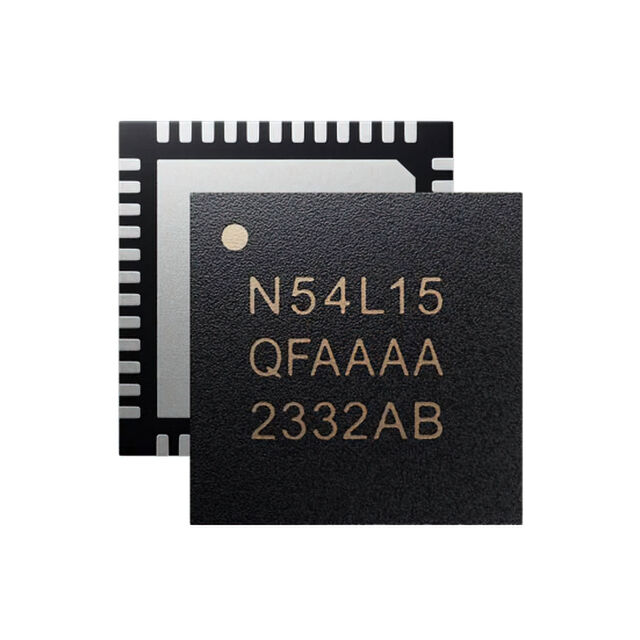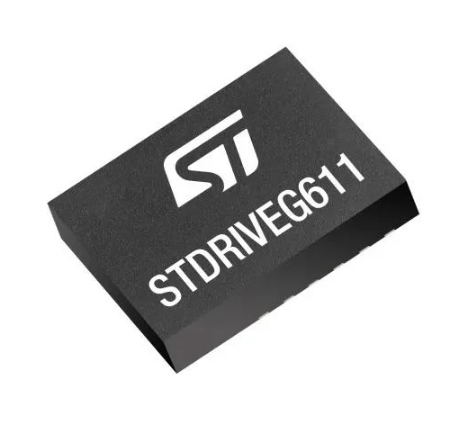NTT Research launches Physics of Artificial Intelligence Group
NTT Research, Inc. a division of NTT, unveiled the Physics of Artificial Intelligence Group, spun off from a group within the NTT Research Physics & Informatics (PHI) Lab.
The new group will continue to advance the ‘Physics of Artificial Intelligence’, an interdisciplinary approach to understanding AI pioneered by the team over the past five years. NTT Research Scientist Dr. Hidenori Tanaka, an expert in physics, neuroscience, and machine learning who led the PHI Lab’s Intelligence Systems Group, will become head of the Physics of Artificial Intelligence Group.
Early on, the PHI Lab recognised the importance of understanding the ‘black box’ nature of AI and machine learning to develop novel systems with drastically improved energy efficiency for computation. With AI now advancing at an astonishing rate, issues of trustworthiness and safety have also become critical to industry applications and governance of AI adoption. In collaboration with leading academic researchers, the Physics of Artificial Intelligence Group aims to address similarities between biological and artificial intelligences, further unravel the complexities of AI mechanisms and build trust that leads to more harmonious fusion of human and AI collaboration. The goal is to obtain a better understanding of how AI works in terms of being trained, accumulating knowledge, and making decisions so that we can design cohesive, safe, and trustworthy AI in the future. This approach echoes what physicists have done over many centuries: people had understood objects move when forces are applied, but it was physics that revealed the precise details of the relationship, which allowed humans to design machines we know today. For example, the development of the steam engine informed our understanding of thermodynamics, which in turn enabled the creation of advanced semiconductors. Similarly, the work of this group will shape the future of AI technology.
The new group will continue to collaborate with the Harvard University Centre for Brain Science (CBS), led by Harvard Professor Venkatesh Murthy, and with Princeton University Assistant Professor (and former NTT Research Scientist) Gautam Reddy. It also plans to collaborate with Stanford University Associate Professor Surya Ganguli, with whom Tanaka has co-authored several papers. The group’s core team includes Tanaka, NTT Research Scientist Maya Okawa and NTT Research Post-doctoral Fellow Ekdeep Singh Lubana. Previous contributions to date include:
A widely cited neural network pruning algorithm (over 750 citations in just four years)
A bias-removal algorithm for large language models (LLMs), recognised by the US National Institute of Standards and Technology (NIST) for its scientific and practical insights.
New insights into the dynamics of how AI learns concepts
Going forward, the Physics of Artificial Intelligence Group has a three-pronged mission. 1) It intends to deepen our understanding of the mechanisms of AI, all the better to integrate ethics from within, rather than through a patchwork of fine-tuning (i.e. enforced learning). 2) Borrowing from experimental physics, it will continue creating systematically controllable spaces of AI and observe the learning and prediction behaviours of AI step-by-step. 3) It aspires to heal the breach of trust between AI and human operators through improved operations and data control.
“Today marks a new step towards society’s understanding of AI through the establishment of NTT Research’s Physics of Artificial Intelligence Group,” NTT Research President and CEO Kazu Gomi said. “The emergence and rapid adoption of AI solutions across all areas of everyday life has had a profound impact on our relationship with technology. As AI’s role continues to grow, it is imperative we explore how AI makes people feel and how this can shape the advancement of new solutions. The new group aims to demystify concerns and bias around AI solutions to create a harmonious path forward for the coexistence of AI and humanity.”
The Physics of Artificial Intelligence Group embraces an interdisciplinary approach to AI, with physics, neuroscience and psychology coming together. This approach looks beyond conventional benchmarks, recognising the need to support goals such as fairness and safety which lead to sustainable AI adoption. In terms of energy efficiency, other groups in the PHI Lab are already engaged in efforts to reduce the energy consumption of AI computing platforms through optical computing and a path-breaking, thin-film lithium niobate (TFLN) technology. On top of that, inspired by the vast differential between watts consumed by LLMs and the human or animal brain, the new group will also explore ways to leverage similarities between biological brains and artificial neural networks.
“The key for AI to exist harmoniously alongside humanity lies in its trustworthiness and how we approach the design and implementation of AI solutions,” Hidenori Tanaka said. “With the emergence of this group, we have a path forward to understanding the computational mechanisms of the brain and how it relates to deep learning models. Looking ahead, our research hopes to bring about more natural intelligent algorithms and hardware through our understanding of physics, neuroscience, and machine learning.”
Since 2019, the PHI Lab has spearheaded research for new ways of computing systems by leveraging photonics-based technologies. TFLN-based devices are explored through this effort, while the Coherent Ising Machine provides new perspectives on complex optimisation problems historically very difficult to solve on classical computers. In addition to a joint research agreement (JRA) with Harvard, the PHI Lab has worked over the years with the California Institute of Technology (Caltech), Cornell University, Harvard University, Massachusetts Institute of Technology (MIT), Notre Dame University, Stanford University, Swinburne University of Technology, the University of Michigan and the NASA Ames Research Centre. Altogether, the PHI Lab has delivered over 150 papers, five appearing in Nature, one in Science and twenty in Nature sister journals.







